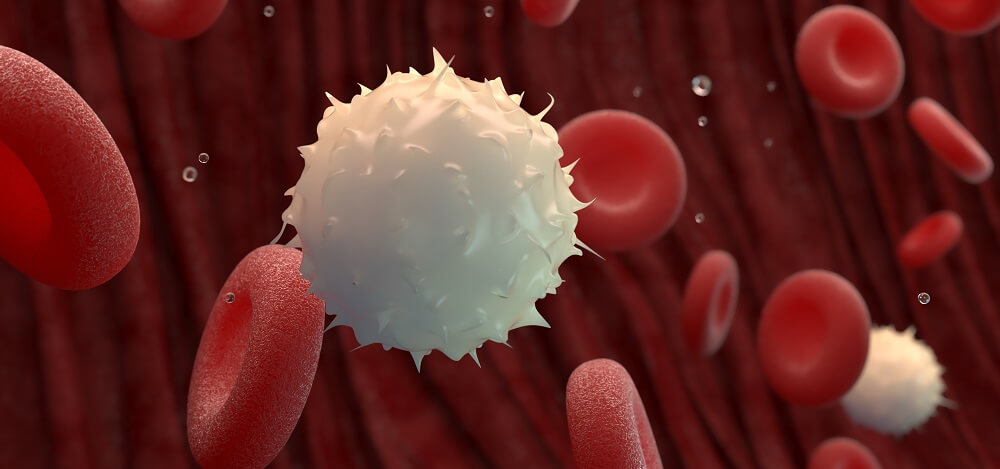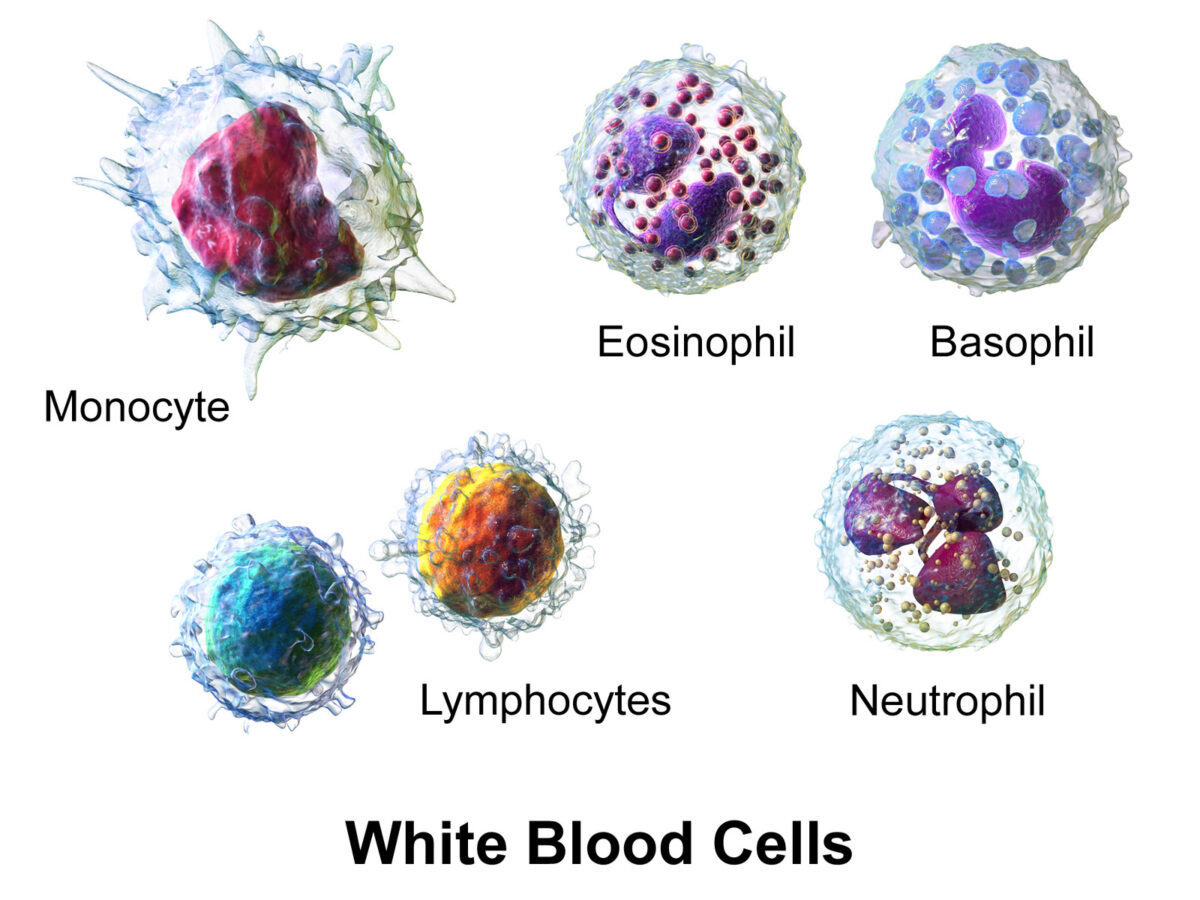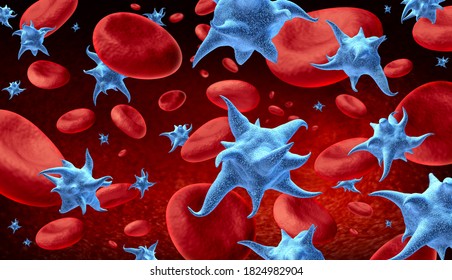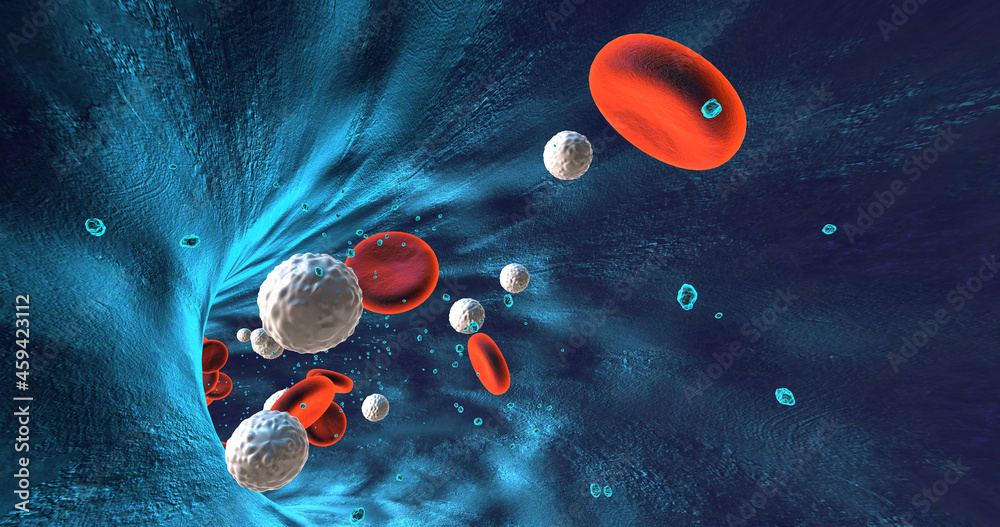What are the components of blood?
Plasma: The liquid component of the blood in which the following blood cells are suspended.
Red blood cells (erythrocytes):
These carry oxygen from the lungs to the rest of the body.
Red blood cells at work: Hemoglobin is the protein inside red blood cells. It carries oxygen. Red blood cells also remove carbon dioxide from your body, bringing it to the lungs for you to exhale.
Red blood cells are made in the bone marrow. They typically live for about 120 days, and then they die.
White blood cells (leukocytes):
These help fight infections and aid in the immune process. Types of white blood cells include:
Platelets (thrombocytes): These help in blood clotting.
Platelets, or thrombocytes, are small, colorless cell fragments in our blood that form clots and stop or prevent bleeding. Platelets are made in our bone marrow, the sponge-like tissue inside our bones. Bone marrow contains stem cells that develop into red blood cells, white blood cells, and platelets.
Where are blood cells made?
Blood cells are made in the bone marrow. The bone marrow is the spongy material in the center of the bones that makes all types of blood cells.
There are other organs and systems in our bodies that help regulate blood cells. The lymph nodes, spleen, and liver help regulate the production, destruction, and function of cells. The production and development of new cells in the bone marrow is a process called hematopoiesis.
Blood cells formed in the bone marrow start out as stem cells. A stem cell (or hematopoietic stem cell) is the first phase of all blood cells. As the stem cell matures, several distinct cells evolve. These include red blood cells, white blood cells, and platelets. Immature blood cells are also called blasts. Some blasts stay in the marrow to mature. Others travel to other parts of the body to develop into mature, functioning blood cells.
What are the functions of blood cells?
The main job of red blood cells, or erythrocytes, is to carry oxygen from the lungs to the body tissues and carbon dioxide as a waste product, away from the tissues and back to the lungs. Hemoglobin (Hgb) is an important protein in the red blood cells that carries oxygen from the lungs to all parts of our body.
The main job of white blood cells, or leukocytes, is to fight infection. There are several types of white blood cells and each has its own role in fighting bacterial, viral, fungal, and parasitic infections. Types of white blood cells that are most important for helping protect the body from infection and foreign cells include the following:
- Neutrophils
- Eosinophils
- Lymphocytes
- Monocytes
- Basophils
White blood cells help heal wounds not only by fighting infection but also by ingesting matter, such as dead cells, tissue debris, and old red blood cells.
Protect you from foreign bodies that enter the blood stream, such as allergens.
Are involved in the protection against mutated cells, such as cancer.
The main job of platelets, or thrombocytes, is blood clotting. Platelets are much smaller in size than the other blood cells. They group together to form clumps, or a plug, in the hole of a vessel to stop bleeding.







No comments:
Post a Comment